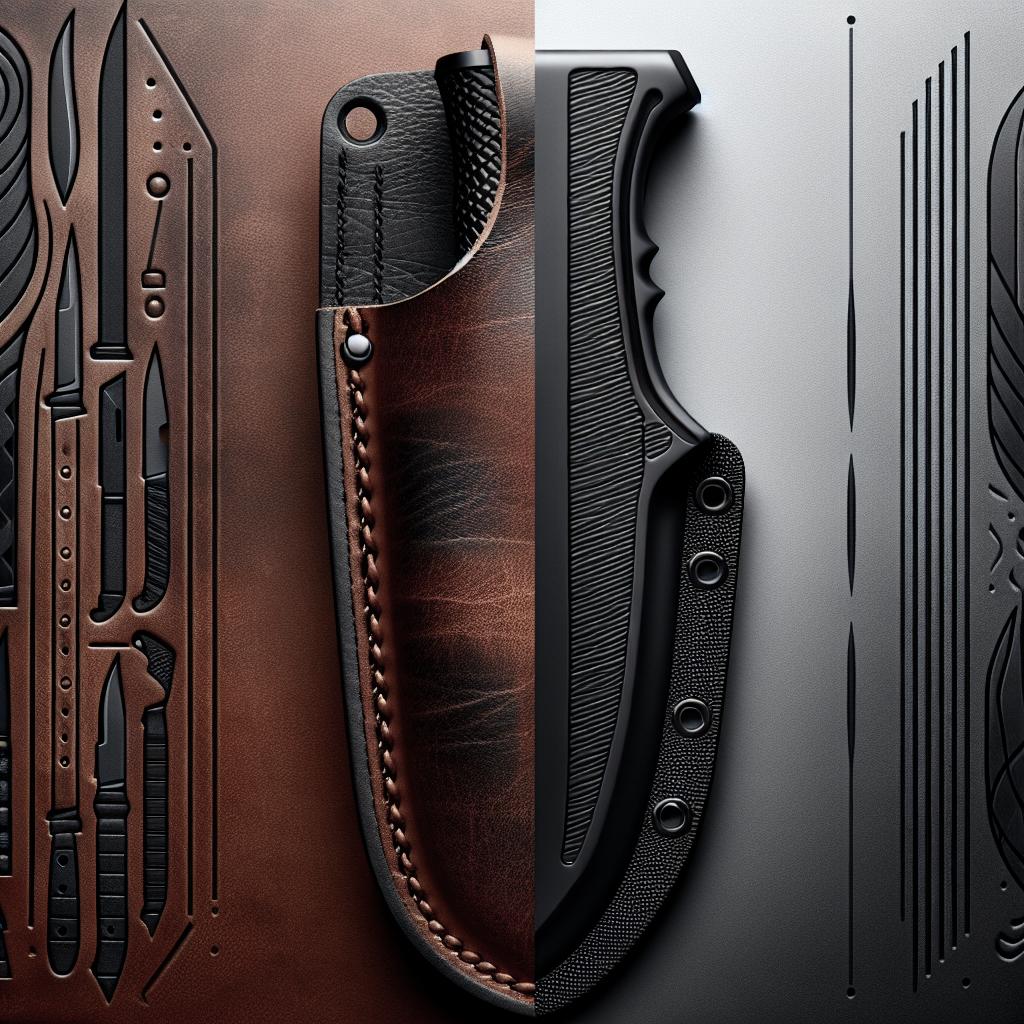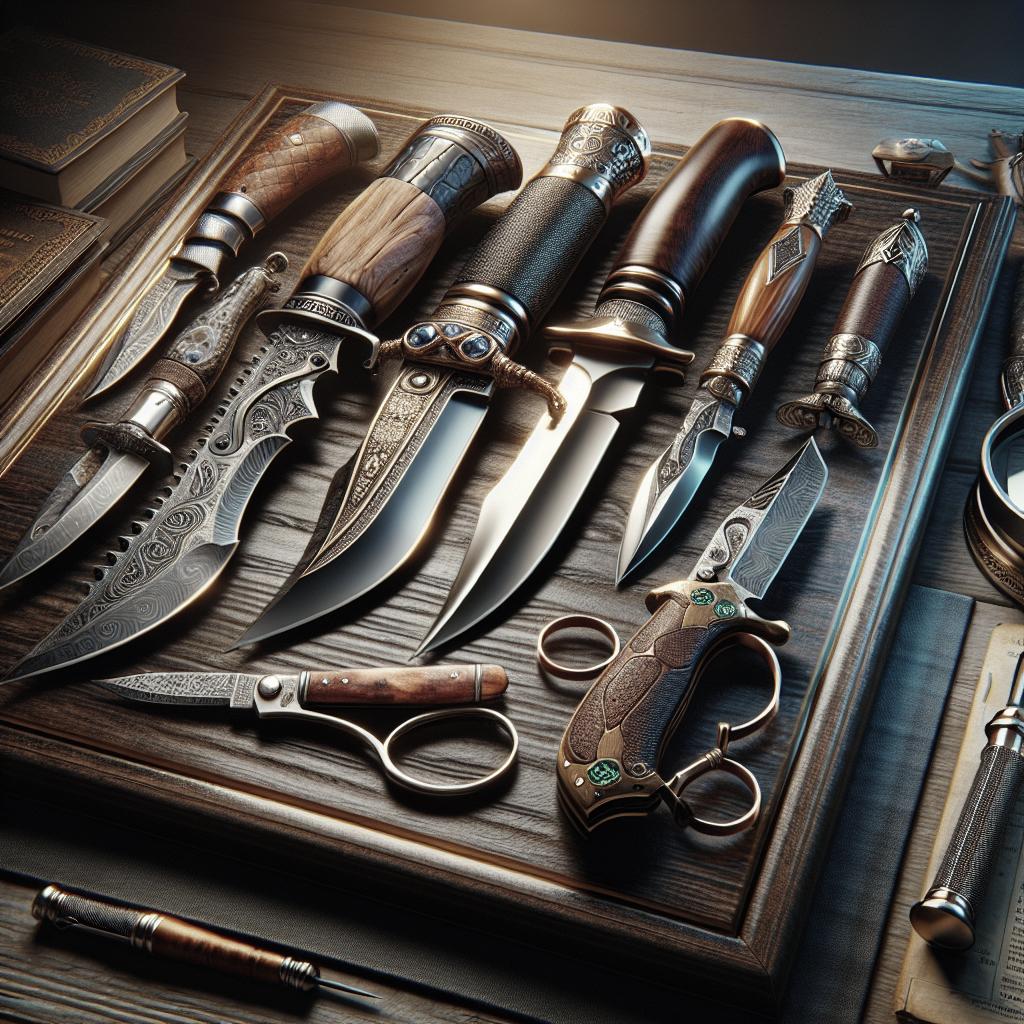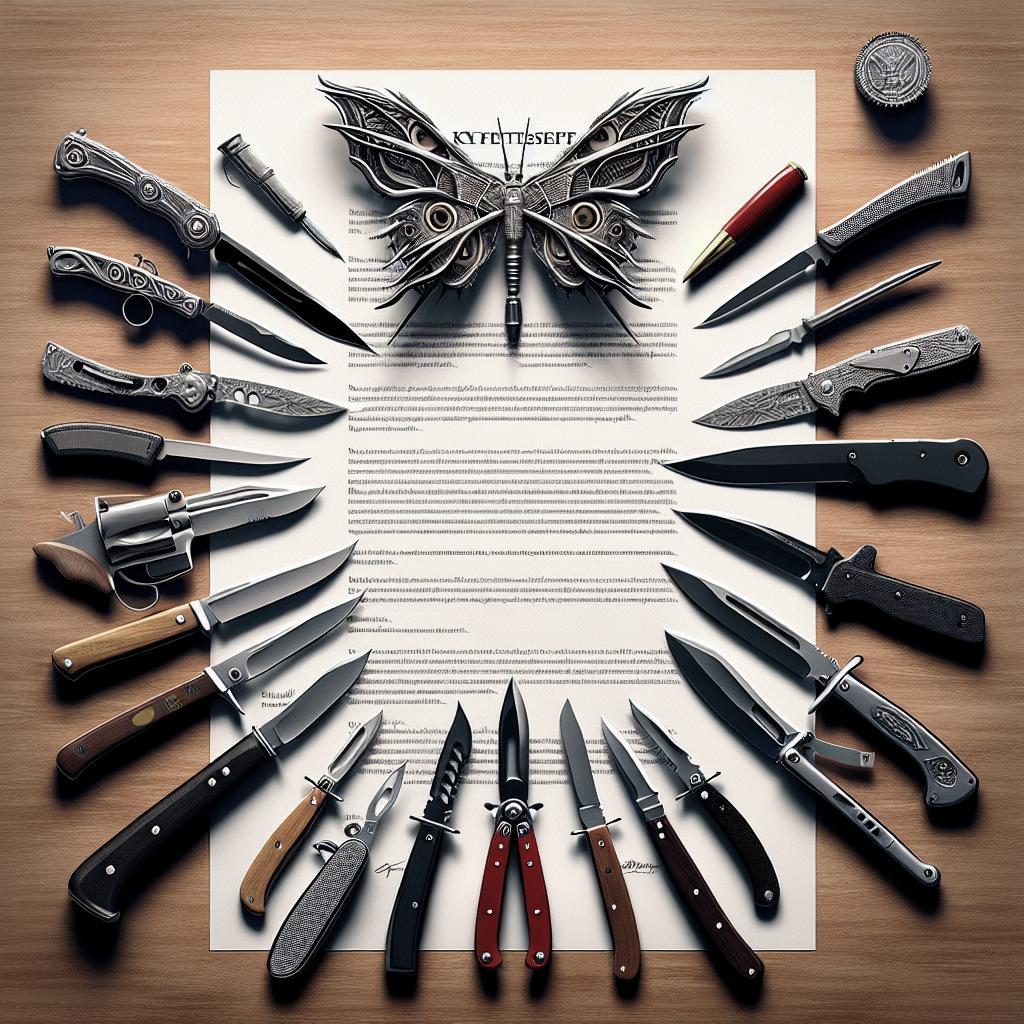Leather vs. Nylon Knife Sheaths: Choosing the Right Fit for Your Needs
When it comes to protecting your knives and ensuring ease of use, the choice of knife sheath is crucial. In this discussion, we’ll explore the differences between leather and nylon sheaths, both of which offer unique advantages. We’ll delve into factors to consider when selecting a sheath, examine the role a sheath plays in handling various types of knives, and explore innovative designs and customization options. Additionally, we’ll provide maintenance tips to extend the life of your sheath. Read on to learn more about the best practices and considerations when choosing a knife sheath that’s right for you.
There Are Different Types Of Knife Sheaths
Knife sheaths are an essential accessory for safeguarding your blades, and they come in various materials and designs. The two most common types are leather and nylon, each offering distinct benefits. Leather sheaths are known for their durability, classic aesthetics, and the ability to mold to the knife for a snug fit. On the other hand, nylon sheaths are favored for their lightweight nature, affordability, and resistance to water and mildew.
Aside from leather and nylon, other materials like Kydex and natural fibers are becoming popular in the knife enthusiast community. Kydex sheaths are praised for their rigidity and precision fit, making them suitable for tactical use. Meanwhile, natural fiber sheaths offer an eco-friendly alternative, though they may not provide the same durability as leather or nylon. Understanding these options allows for a more tailored choice based on your knife usage and style preference.
Whether you’re opting for leather’s timeless appeal or nylon’s modern convenience, the choice should reflect your personal taste and intended use. Collectors and hunters might prefer the traditional look of leather, while outdoor adventurers might lean toward the practical attributes of nylon.
Factors To Consider Before Choosing The Right Sheath
When selecting a sheath, consider the knife’s intended use, as this can significantly affect your material choice. If you’re involved in outdoor activities where exposure to moisture is frequent, nylon may be the ideal choice due to its water-resistant properties. Conversely, for a more traditional look and feel, leather can offer a sense of style and reliability, especially in less harsh conditions.
Another critical factor is the sheath’s attachment style. Options include belt loops, clip-ons, or MOLLE-compatible systems, which determine how conveniently you can carry the knife. Different attachment styles cater to diverse needs, whether you’re traversing dense forests or commuting in urban environments.
The sheath’s level of protection should also not be overlooked. Think about the knife’s blade length and sharpness, and ensure the sheath provides ample protection against accidental injuries or blade wear. A well-fitted sheath should shield both the user and the knife while allowing quick and easy access.
Handling Various Types of Knives
Different knife types require specific sheath designs to maximize their functionality and safety. For example, a survival knife demands a sheath that ensures accessibility in critical situations while maintaining secure retention to prevent loss. Leather sheaths are often structured with retention straps, while nylon variants might use Velcro or snap closures for a quicker draw.
On the other hand, culinary knives such as those used by chefs usually require a sheath focusing on blade protection rather than accessibility. These sheaths often emphasize a snug fit and safe storage to reduce wear and tear during transportation. Material choice can have an impact here too, with nylon often preferred for its ease of cleaning and sanitary features.
The design considerations extend to tactical knives used by law enforcement and military personnel. Tactical sheaths often incorporate adjustable retention systems and multiple carry options to adapt to high-stress environments, prompting a shift towards synthetics like Kydex over traditional leather.
New Approaches to Sheath Design
Sheath design is constantly evolving, with innovative features changing the landscape of knife carrying solutions. Manufacturers are now creating modular systems that allow customization of attachment methods, making it possible to switch between belt loops, drop-leg setups, and even shoulder or chest rig configurations.
Furthermore, the introduction of hybrid materials is addressing limitations seen in traditional sheaths. Leather sheaths may now incorporate synthetic inserts for added rigidity and water resistance, while nylon designs are being reinforced with additional stitching and sturdy seams for enhanced longevity.
Ergonomic elements are also a significant focus, with sheaths being designed to accommodate comfortable handling and quick draw capabilities. These advancements aim to meet the diverse demands of modern users, providing them with adaptable solutions that cater to various environments and requirements.
There Are Several Customisation Options Available
Customization options for knife sheaths are plentiful and allow users to modify their carriers to suit personal needs and aesthetics. Leather sheaths, for instance, can be hand-tooled with intricate designs, or dyed to match specific color schemes, adding a unique personalization aspect.
Nylon sheaths can also be customized through patches, MOLLE attachments, or color variations, offering users an opportunity to tailor their gear to specific tasks or fashion preferences. Options like adding extra pockets for sharpening stones or multi-tools further enhance the sheath’s functionality.
Custom sheath makers are gaining popularity, catering to individuals needing something outside mass-produced options. From detailed craftsmanship on leather to precision molding in synthetic sheaths, the ability to customize brings a level of individuality and functionality that was previously limited.
Here Are Some Maintenance Tips For Knife Sheaths
Maintaining your knife sheath is essential for prolonging its lifespan and preserving its functionality. Leather sheaths require regular conditioning to prevent drying and cracking; applying a leather conditioner every few months can help keep the material supple. Avoid exposure to excessive moisture and direct sunlight to diminish wear and fading.
Nylon sheaths benefit from regular cleaning, especially if used frequently in outdoor environments. Carefully wash with mild soap and water, and allow them to air dry to prevent mildew build-up. Inspect for any signs of wear or frayed stitching, and repair or reinforce them to maintain structural integrity.
Additionally, regardless of material, always ensure the sheath stays free of dirt and debris that could scratch or damage the knife blade. Regular inspections and proper care will ensure that your sheath remains a reliable accessory for years to come.
In Conclusion
Choosing between a leather or nylon knife sheath involves weighing the pros and cons based on your specific needs, usage, and style preferences. Both types offer unique benefits that cater to different users, whether you’re a traditionalist, a modern adventurer, or a professional in specific fields. Evaluate the protection level, attachment style, customization possibilities, and maintenance requirements to make an informed decision. Embracing innovations and personalizations in sheath design can further enhance your experience, ensuring that your knife sheath works seamlessly with your lifestyle.
| Type | Pros | Cons | Best Use |
|---|---|---|---|
| Leather Sheaths | Durable, Classic look, Molds to knife | Requires maintenance, Can absorb moisture | Collecting, Hunting, Traditions |
| Nylon Sheaths | Lightweight, Water-resistant, Affordable | Less rigid, May wear faster | Outdoor, Camping, Adventuring |
FAQs
Q: How do I choose between a leather and nylon sheath?
A: Consider your primary use for the knife – if often in wet conditions, go for nylon. If aesthetic and tradition matter, leather is your choice.
Q: Are there combo materials for sheaths?
A: Yes, hybrid sheaths using a mix of leather and synthetic materials aim to unite the benefits of both types.
Q: How often should I maintain my knife sheath?
A: Leather sheaths require conditioning every few months, while nylon sheaths need regular cleaning based on usage frequency.


